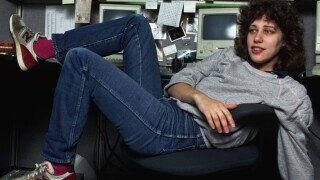15 Facts About Susan Kare, the Original Pixel Artist (Who Made Sure Computers Weren't Just for Nerds)

If you grew up in the 1980s, there's a good chance you recognize Susan Kare's work. She was a pioneer in digital graphics and created iconic designs for the original Macintosh computer. Her work is still being used today, and her influence can be seen in the design of many popular websites and apps. In this article, we'll take a look at Kare's career and explore some of her most famous work facts. We'll also discuss how her designs have evolved over the years and what they mean for the future of digital design. So if you're interested in learning more about one of the pioneers of digital graphic design, keep reading!
Susan Kare is an iconic person. Literally iconic -- she invented computer icons. Well, she didn’t actually invent them, but she made them… uh… What’s another word for “iconic”? In short, if you’ve operated a computer in the last four decades, you’ve made use of Susan Kare’s work. Learn a little more about her.

Source: Lemelson Center for the Study of Invention and Innovation
Susan Kare


Sources: Stanford University Library (via archive.org), Lemelson Center for the Study of Invention and Innovation


Sources: Fast Company, Stanford University Library (via archive.org)

Sources: Susan Kare, Smithsonian Magazine
Computer Graphics


Source: Eye on Design

Source: Quartz

Sources: Area, Stanford University Library (via archive.org)

Sources: Susan Kare, The New Yorker

Source: Lemelson Center for the Study of Invention and Innovation

Source: Fast Company

Source: Fast Company

Sources: The New Yorker, Fast Company